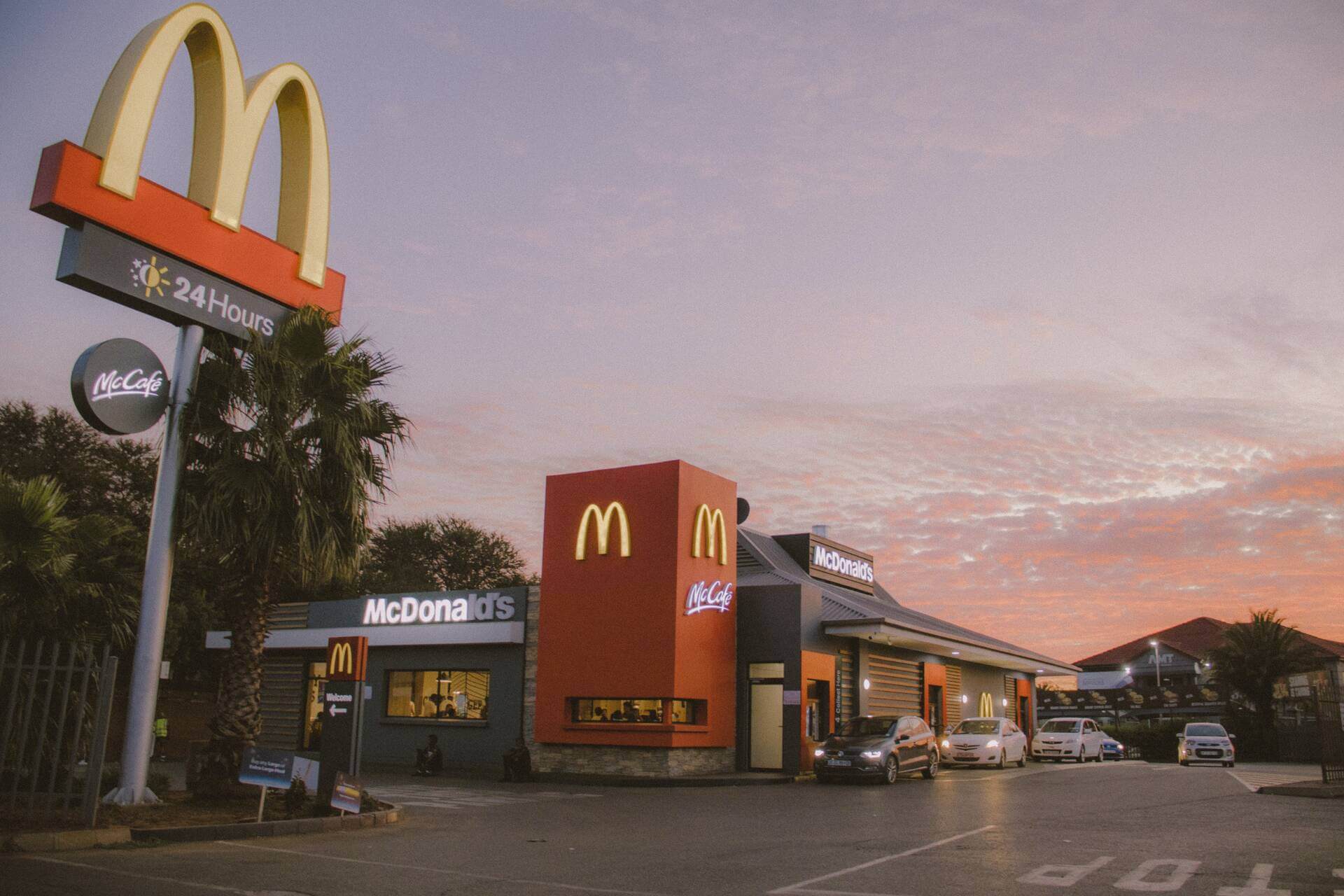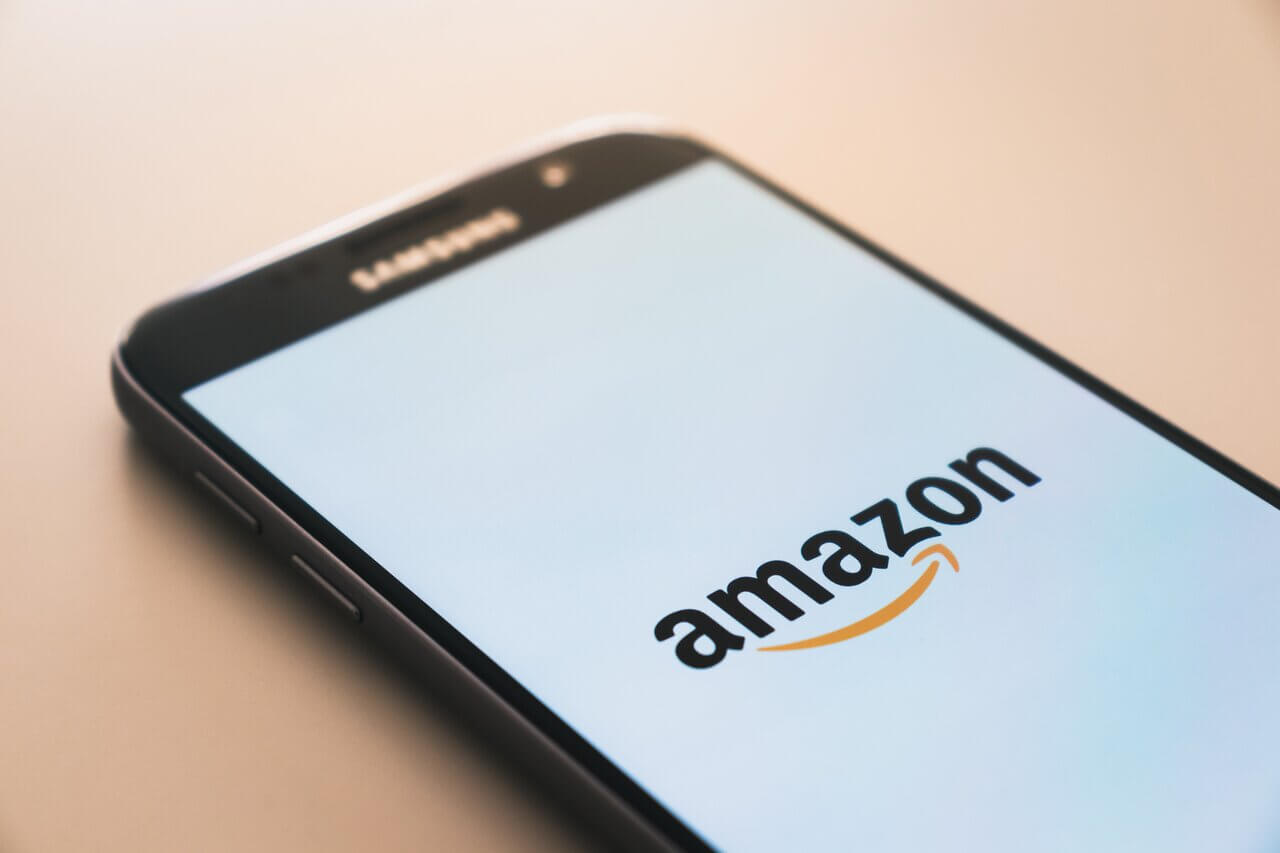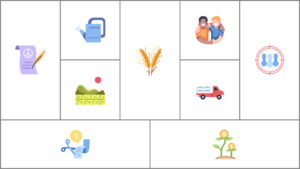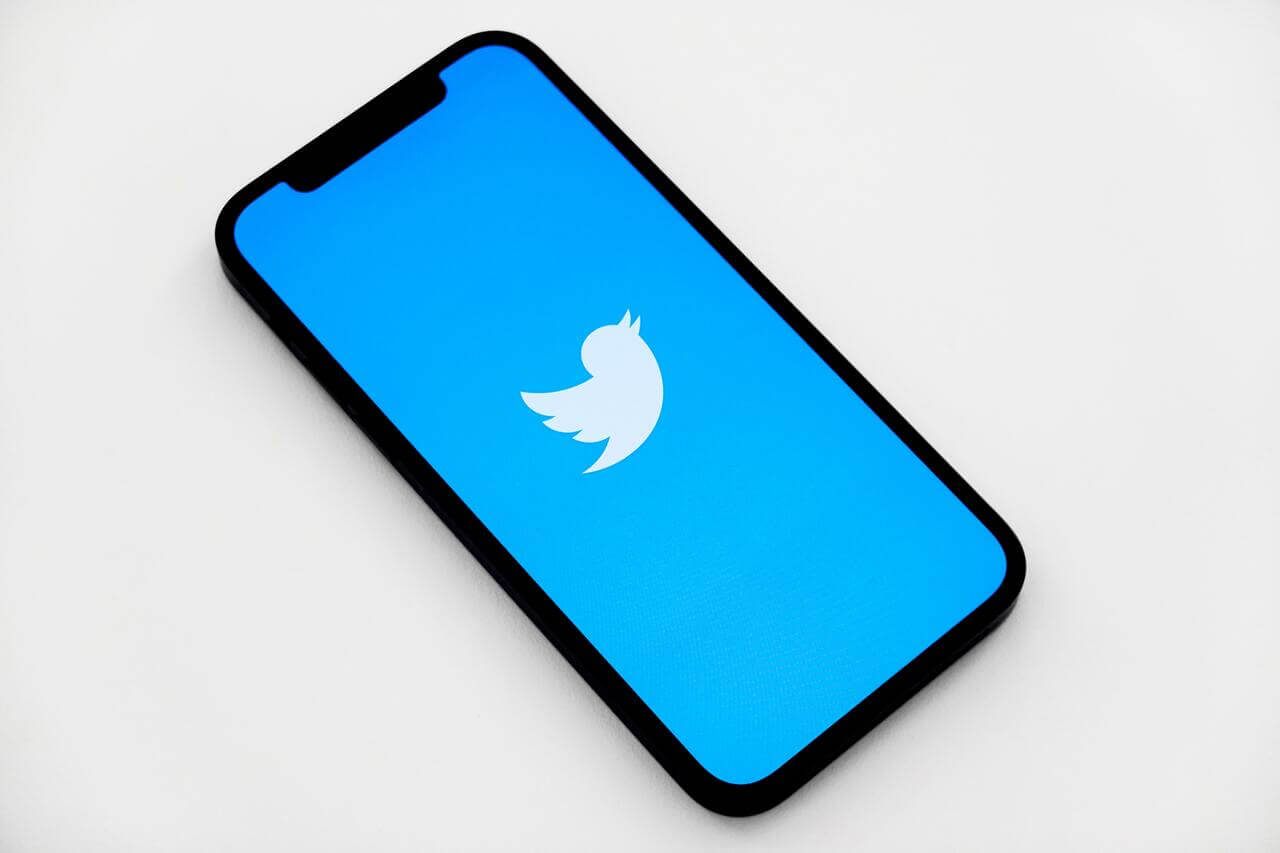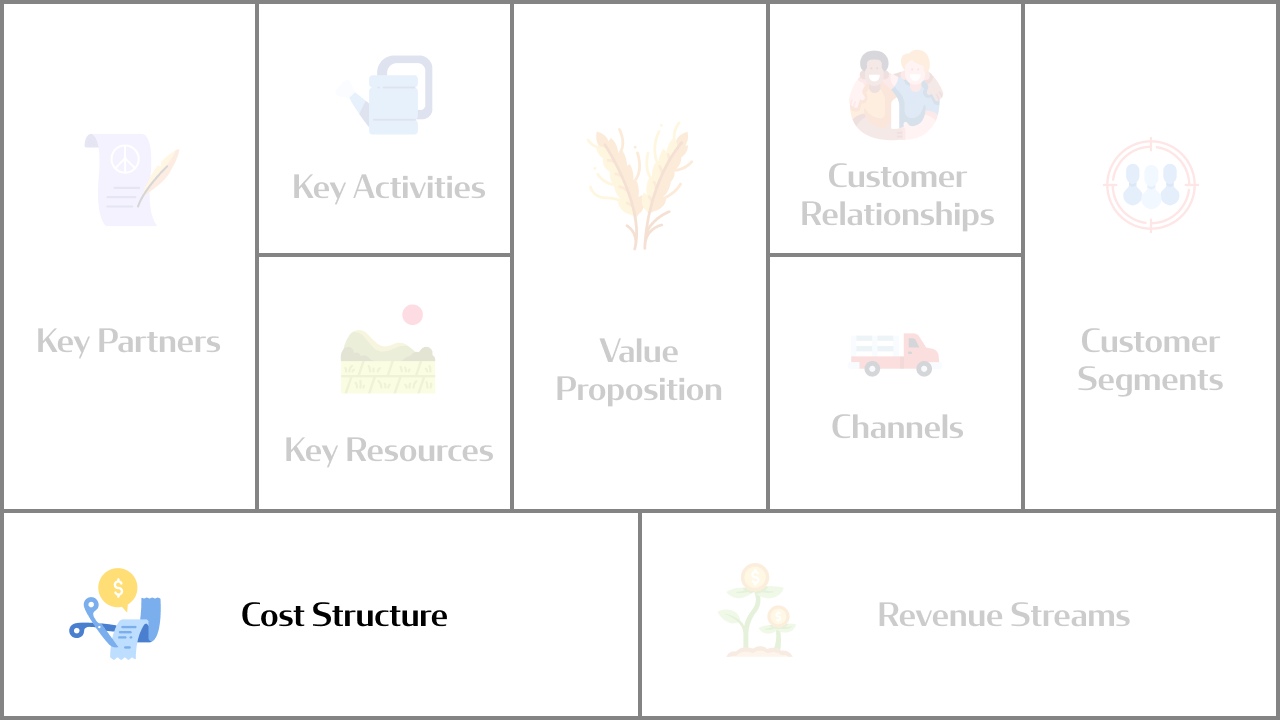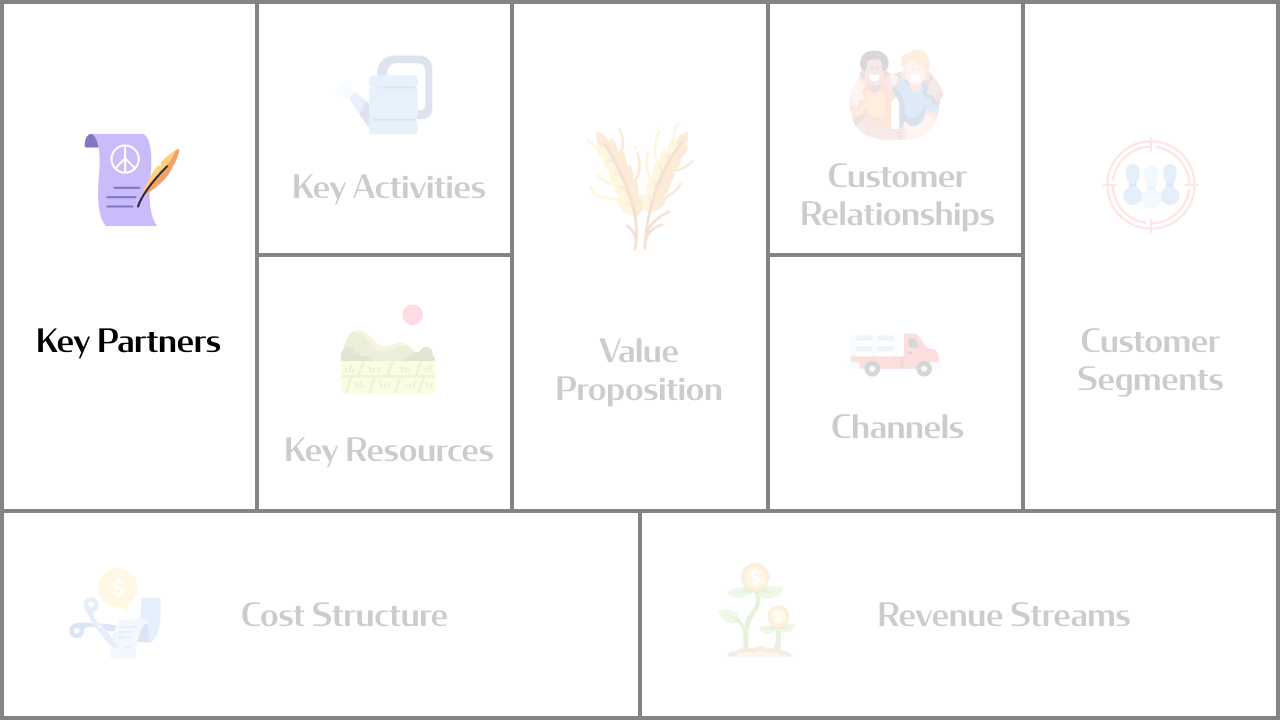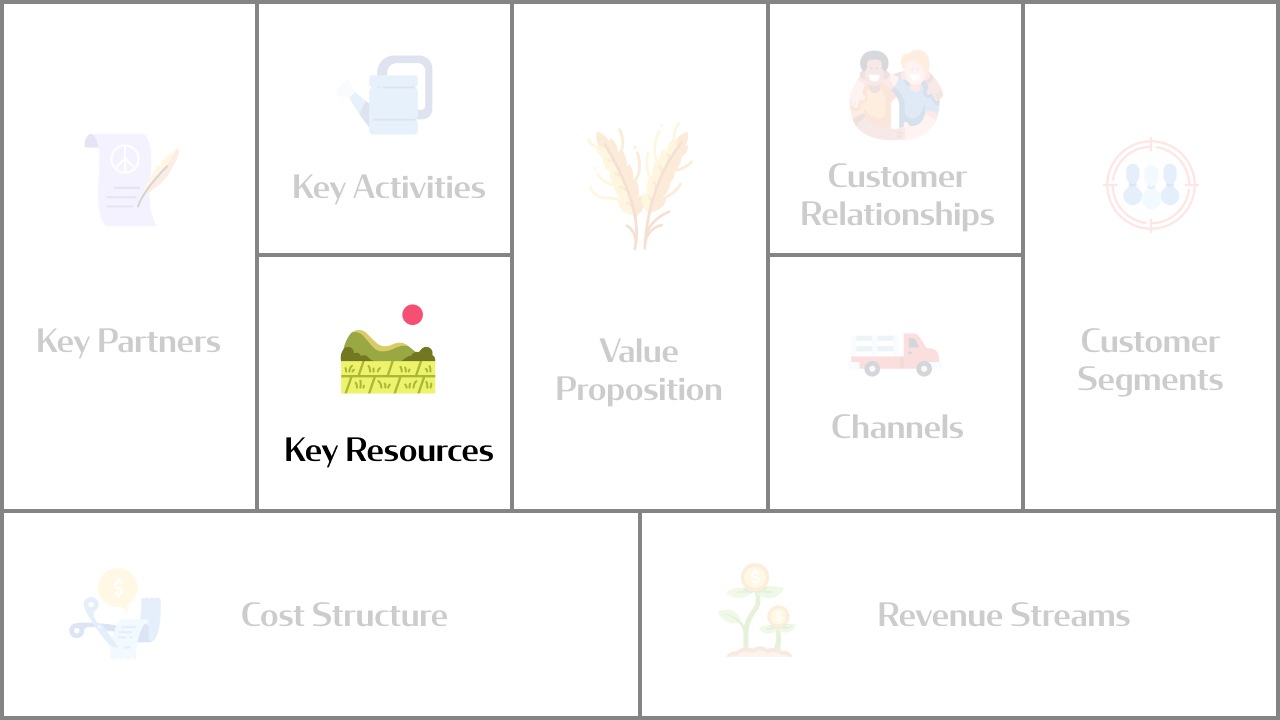Mitumba is a Swahili term meaning bundles refers to used clothing donated by people in wealthy countries or imported for sale in African countries from more developed and prosperous western countries, for example, the United States of America. They are usually in plastic-wrapped packages, commonly referred to as bale by the locals.
Mitumba business is one of the most profitable businesses in Kenya; generating millions in revenue and creating thousands of jobs for Kenyan citizens, especially the youth. East Africa imports over $150 million worth of used clothes and shoes. In 2017, USAID estimated that the industry generated over $230 million in government revenue and employed over 355,000 people in East Africa.
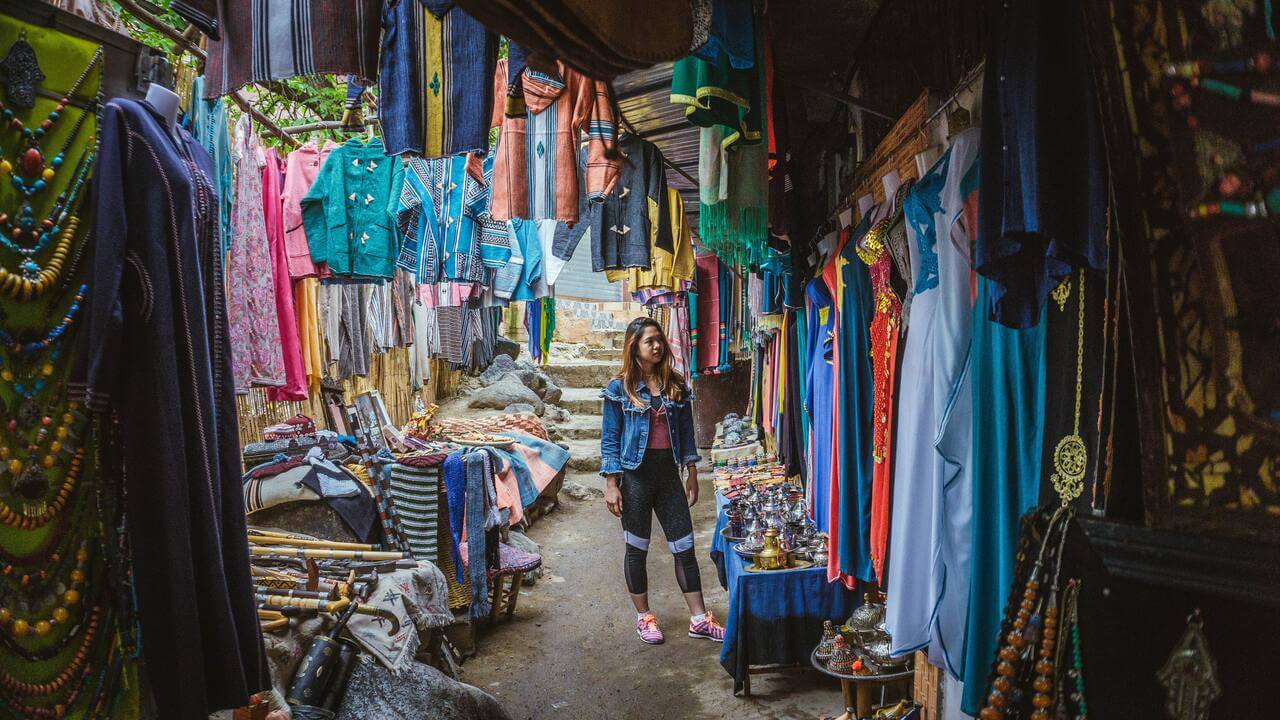
Global supply chain
The sale of mitumba is a billion-dollar global industry. Almost 70% of garments donated globally, mainly from the USA, UK and Australia, end up on Africa. There is a complex global supply chain where donated items that cannot be sold in thrift shops in wealthy western countries are resold in bulk to commercial textile recyclers. The garments are sent to sorting centers where they are graded and sorted into bales which are further resold to wholesalers in Africa.
One of the major ports for receiving mitumba is Dar es Salaam in Tanzania, from the port the textile is widely dispersed into the interior of Africa. In Kenya, mitumba is received through the port of Mombasa.
Where do the best mitumba garments come from?
Imported second-hand garments in Kenya come primarily from USA, UK, Canada, Australia, Germany, Japan, China, and Dubai. The UK and USA supply the best quality second-hand clothes and shoes. These are slightly expensive. Dubai also supplies quality second-hand clothes and is cheaper than the UK and other European nations. Canada is the best place to import oversized garments from. As much as some suppliers import mitumba from China, the garments are low quality. Therefore you should import from western countries rather than China.
What are the types of mitumba suppliers in Kenya?
There are three types of mitumba suppliers:
1. The open-air market suppliers
These suppliers are based in the markets, for example, the Gikomba market. They mostly sell the clothes in bulk (bale) but there are those who sell in retail. Most buyers prefer these sellers because they have a variety of garments and are cheap.
2. The retailers
They own retail shops where they sell the mitumba from. They deal in specific categories of garments. For example, some only sell ladies’ clothes or men’s clothes while some only sell children’s clothes. They are easily accessible since they are all over the country.
3. Online suppliers
They sell the garments to the buyers through the internet. They use social media platforms and websites to sell to their customers.
Read our article on how to start a mitumba business online
Why do people prefer the mitumba business?
As earlier stated, mitumba is a highly profitable venture. Most people in Kenya prefer to sell mitumba because of the following reasons;
- Quality: Mitumba clothes and shoes are considered to be better quality than brand new local clothes because they are imported from wealthy western countries.
- Affordability: Many people start mitumba businesses because it is affordable. It is easy to start and operate. The garments are cheap and affordable; therefore, getting customers is easy.
- Low capital investment: This has created economic opportunities for locals to start the secondhand clothing business quickly because not much capital is needed to start and run the business.
- Fashion trends: Many sellers prefer selling mitumba because they are mostly unique and up to date with fashion trends. Many people now want to dress in the latest trendy clothes, which makes the sellers profit from selling these garments to their customers.
Factors to consider before starting a mitumba business in Kenya
The capital
For mitumba business, you can decide whether to start a small, medium or a large one. For a small mitumba business, you can have a start-up capital of Ksh1000 to Ksh5000. You can begin with Ksh20000 to Ksh50000 for a medium mitumba business. If you want to start a large mitumba business, you will need Ksh100000 or more.
For a small business, the sellers mostly buy single pieces of the garments they want to sell, for example, ladies chiffon tops or men’s pants from the wholesalers in the open-air market. Those who want to start a medium business normally buy mitumba bales, you can buy a bale of ladies’ dresses or kid’s clothes. The ones who want to start a large mitumba business mostly want to import the mitumba into the country and sell to the mitumba wholesalers.
The target market
In order to start and successfully run a mitumba business, you will first need to identify the target market. This will help in deciding which business to run, for example, ladies’ clothing, men’s clothing, children’s clothing or shoes.
Location
There is high competition in the mitumba industry. To increase profitability and ensure the smooth running of your business, you need a location with high traffic if you have a physical store. This will increase your customer numbers by easily tracing your store and buying from you. Having a variety of high-quality and unique garments will give you an added advantage over your competitors.
Suppliers
It is crucial to locate a reliable and reputable supplier if you plan to start a mitumba business. You can either buy the garments in bale or pick pieces randomly at a wholesale price from suppliers in the open-air market like Gikomba.
Importing Mitumba to Kenya
The second-hand garments market is a profitable business. Along the import and distribution chain, profits margins are more than double as there is a vast market for these garments and donations for charities in the UK, US, Canada, and Australia. Global charities such as Salvation Army and British Heart Foundation have drop-offs scattered across the country where people can drop used garments. These garments go to charity first, and those remaining are either resold to thrift stores or shipped to Africa.
Export companies purchase garments that do not go to charity. They are sorted, graded, fumigated, and packed for export. These garments are packed into 45-kilo bales, and each bale is graded. The bales are then packed into a standard 40-foot container which costs 50,000 USD, and each container takes 550 bales. It takes between four weeks to seven weeks for the container to get to the port of Mombasa.
Taxation
The process of importing second-hand garments into Kenya follows standardized import protocols established by the Ministry of Trade under Kenyan laws. Clearing the garments follows the same process used to clear imported goods into the country with Kenya Revenue Authority (KRA) and Kenya Ports Authority (KPA). The only difference is on import duty and origin documentation. Clearing a 40-foot container costs around Ksh1.5 million. No taxes are levied on the second-hand garments people purchase. The Kenya Revenue Authority does not collect taxes from those selling mitumba unless the business is registered for VAT. All taxes on mitumba are only collected at the point of entry, making the company even more profitable.
How to import mitumba to Kenya
- Identify a reputable supplier.
This might be the most difficult and complicated step when importing second-hand items into Kenya. Searching for suppliers is not easy and might lead to getting those who provide low-quality items or scammers. Getting suppliers preferably from the US, UK, Canada, or Australia would ensure top-quality items at favorable prices.
- Protection from scammers
This is a high-risk business involving a lot of money and high capital investment. This makes it attractive to scammers. Therefore, finding a reputable supplier and signing a legally binding contract between you and the supplier for the items you want to purchase protects you from scammers.
- Making the purchase
The next step to importing mitumba is making the purchase and fulfilling the order as agreed with the supplier. Fill in all the necessary import paperwork, including inspection and certification, as required by the importation laws of Kenya.
- Inland logistics and sea shipping
Some suppliers are located far from the seaport. Your container, therefore, has to be transported to the port for shipping. You are required to pay your tax and duty depending on the cost of your cargo in addition to the insurance and freight charges.
- Clearing
The final step is clearing your container at the port of Mombasa as required by the KRA and KPA.
Mitumba grading
Importers from Kenya buy mitumba from different western countries which are already categorized and wrapped in plastic packages commonly known as bales. Mitumba are graded based on quality.
These grades include the following:
Camera bale
The garments in this category are primarily new and have never been worn. They are relatively expensive, but they are the most profitable. Most of them still have labels and tags on them.
Grade A
This grade consists of almost new garments. They have been worn a few times but are still in good condition and have not been tampered with. They are cheaper than the camera bale.
Grade B
These have been used but are still in good condition. They are not as pleasing as garments in grade A bale, but they are cheaper. They may have minor defects, but suppliers mostly correct them before the sale.
Grade C
The garments in this category have major defects that the supplier in most cases cannot repair. They are therefore the cheapest and are mostly sold at throw-away prices.
A bale is profitable because, as a supplier, you make a profit after selling all the pieces, especially the camera pieces. If you have a bale, then you sell to both resellers and customers. This further ensures the bale is cleared and you make a profit.
On the contrary, bales are unpredictable. When you buy a bale, you do not know the contents of the bale. Therefore you might get more fagia garments than camera. This will lead to you making more losses than profit since you have to sell the fagia pieces at a lower price.
Businesses involved in the mitumba industry
The mitumba industry is a complex industry that involves buyers and sellers. There is a substructure of support that helps in effectively running the industry.
Fixing
People repairing clothes and shoes that need repair before being sold to the buyers. They are commonly referred to as “fundis”. The fixers mostly sew and patch up the items in grade C which have minor defects like missing buttons. The cost for fixing ranges from sh20 to sh100.
Steam ironing
These people steam iron the clothes which have extreme creases and may need to be pressed before selling. The clothes that are mostly pressed are official clothes for both ladies and gents, for example, official men’s pants or official ladies’ tops. The prices range from sh50 to sh150. The prices depend on the amount and number of pieces agreed to with the seller. For example, trench coats will cost more to iron than shirts.
Transportation
The major markets for mitumba are in Nairobi and other interior parts of Kenya. There is a need for transportation to transport the bales from the port in Mombasa to these markets. The transporters charge the prices according to the location of drop-off. Similarly, inside the marketplace, there are transporters who transport the mitumba from one stall to another. They also carry goods for the buyers who have purchased in bulk. They charge between sh100 and sh300, depending on the load.
Security
In any profitable business and especially mitumba, protection is needed. They ensure that the merchandise is safe and cannot be stolen or tampered with.
Brokerage
In the mitumba industry, some brokers buy and then open the bales to send individual pieces to retailers. In opening or breaking the bale, priority is given to camera garments and fagia are given the least priority.
Sources
How you can make more money from your mitumba business
How to Start a Mitumba Business in Kenya
Importing Clothes & Shoes to Kenya

